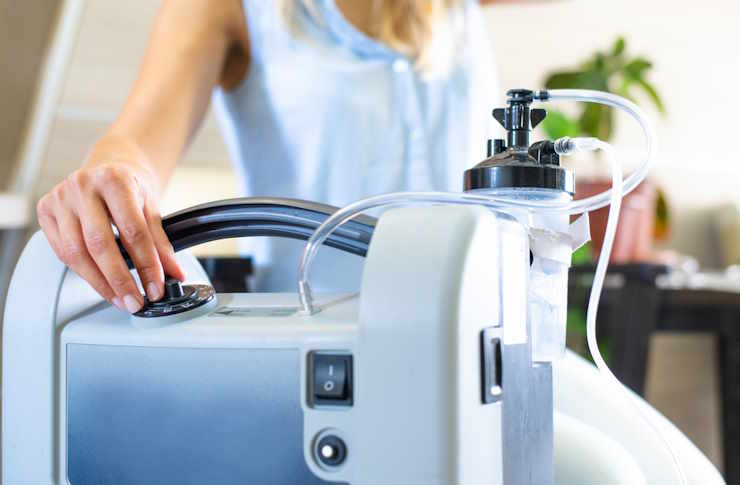Blender Companies in the US – Performance, Design, and Market Insights
Blender Companies in the US are redefining home and professional blending experiences. By focusing on powerful motors, durable materials, and sleek designs, these companies deliver products that combine efficiency with style. From high-speed blenders to compact, portable models, these brands meet consumer expectations while setting new standards in the kitchen appliance market.

How Do Performance Standards Shape Modern Blender Development?
Blenders and performance standards have become increasingly sophisticated as companies invest in motor technology and blade engineering. Major US-based companies like Vitamix and Blendtec have established benchmarks for high-performance blending, with motor speeds exceeding 37,000 RPM and horsepower ratings reaching up to 3.8 HP in commercial models. Performance metrics now include noise reduction technology, thermal protection systems, and variable speed controls that allow precise texture control.
The National Sanitation Foundation (NSF) certification has become a standard requirement for commercial-grade blenders, ensuring that products meet rigorous safety and performance criteria. Consumer-grade models are evaluated through independent testing organizations that assess durability, blending consistency, and safety features. These standards have pushed companies to innovate beyond basic functionality, incorporating features like preset programs, pulse technology, and self-cleaning cycles.
What Makes Ergonomic Design Essential in Contemporary Blenders?
Ergonomic design of leading blenders reflects a comprehensive understanding of user interaction and kitchen workflow optimization. Companies have invested significantly in handle design, control placement, and container shape to reduce user fatigue and improve operational efficiency. The pitcher design has evolved to include features like pour spouts that minimize dripping, measurement markings for precision, and grip-friendly handles that accommodate various hand sizes.
Contemporary ergonomic considerations extend to maintenance and storage aspects. Dishwasher-safe components, easy-to-remove blade assemblies, and stackable designs address practical user concerns. Touch-screen interfaces and illuminated controls have replaced traditional button systems in premium models, while base stability features prevent movement during operation. The integration of sound enclosures in high-end models demonstrates how ergonomic thinking encompasses the entire user experience, not just physical interaction.
Which Consumer Trends Are Reshaping the US Blender Market?
Consumer trends influencing blenders in the US reflect broader lifestyle changes and health consciousness patterns. The rise of smoothie culture and plant-based diets has increased demand for blenders capable of processing fibrous vegetables and creating smooth textures from tough ingredients. Single-serve and personal-sized blenders have gained popularity among younger consumers and urban dwellers with limited kitchen space.
Smart technology integration represents another significant trend, with Wi-Fi enabled blenders offering app-controlled operation and recipe guidance. Sustainability concerns have influenced material choices, with companies incorporating recycled plastics and designing products for longer lifespans. The influence of social media and food presentation has also impacted design, with aesthetically pleasing models in various color options becoming important selling points.
The commercial sector has seen increased demand for quiet operation models as restaurants and juice bars seek to minimize noise pollution. Additionally, the COVID-19 pandemic accelerated home cooking trends, leading to increased sales of mid-range and premium blenders as consumers invested in kitchen equipment for long-term use.
| Brand | Model Type | Motor Power | Price Range |
|---|---|---|---|
| Vitamix | High-Performance | 2.2 HP | $400-$700 |
| Blendtec | Commercial Grade | 3.0 HP | $300-$600 |
| Ninja | Multi-Purpose | 1.5 HP | $100-$300 |
| KitchenAid | Traditional | 1.0 HP | $150-$400 |
| Oster | Budget-Friendly | 0.8 HP | $50-$150 |
Prices, rates, or cost estimates mentioned in this article are based on the latest available information but may change over time. Independent research is advised before making financial decisions.
The competitive landscape includes established brands that have maintained market position through continuous innovation and newer companies that challenge traditional approaches with specialized features. Manufacturing partnerships between US companies and international suppliers have enabled cost-effective production while maintaining quality standards. Distribution strategies have adapted to include direct-to-consumer sales channels alongside traditional retail partnerships.
Market segmentation has become more defined, with companies targeting specific consumer groups through specialized product lines. Professional chefs, health enthusiasts, and budget-conscious consumers each represent distinct market segments with unique requirements. This segmentation has led to more focused product development and marketing strategies that address specific use cases and price points.
The blender industry in the United States continues to demonstrate resilience and adaptability as companies respond to evolving consumer preferences and technological possibilities. Performance standards, ergonomic design principles, and consumer trend awareness have become fundamental elements of successful product development strategies. As health consciousness and convenience remain priorities for American consumers, blender companies are positioned to continue innovating while maintaining the reliability and functionality that define successful kitchen appliances in the competitive US market.




